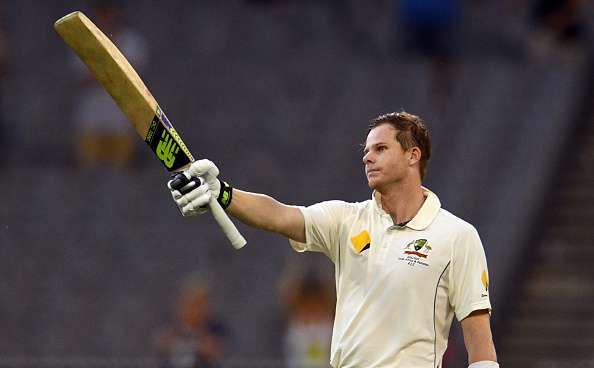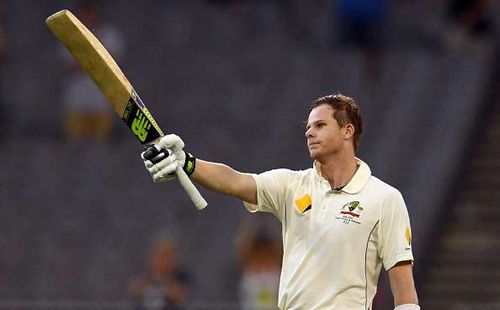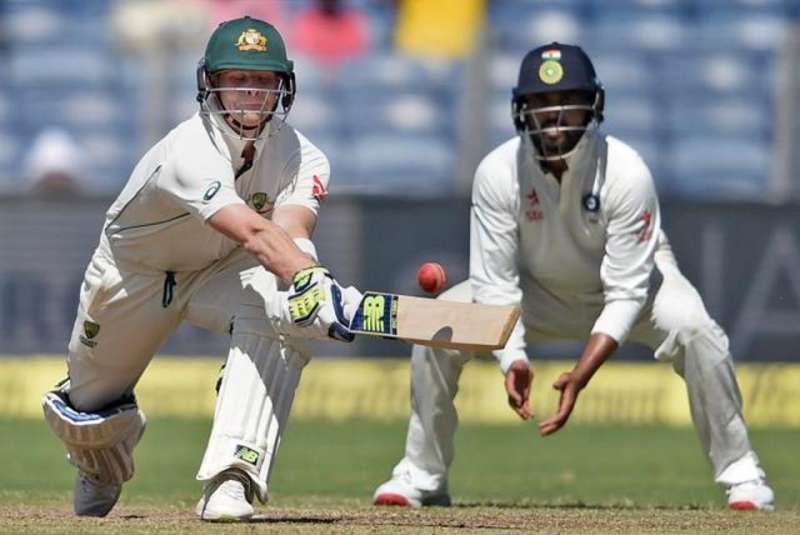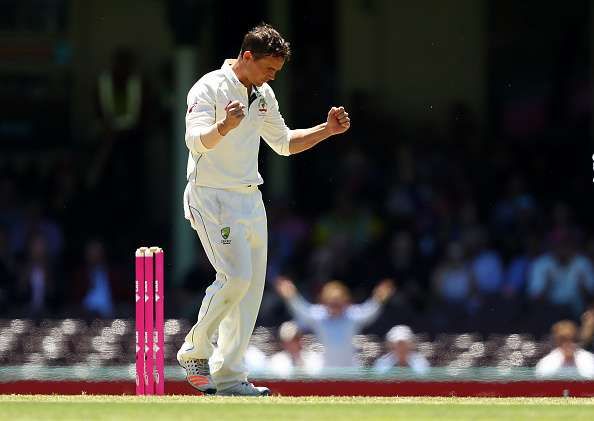
Why the Pune pitch should not be blamed for India's loss in the first Test
When the first Test between India and Australia began, Virat Kohli's team was riding high on confidence. Steve Smith's side, on the other hand, was wallowing in self-doubt and the string of losses in Asia last year still haunted the players.
However, what ensued was a 333-run victory not for the Indians, but for the determined Kangaroos. The turning track did not work well for the hosts, but aided the visitors instead.
The Maharashtra Cricket Association stadium in Pune has had its set of misfortunes. Not only has the home team struggled on the pitch, but its slow outfield has never been able to generate gigantic scores. Fans have now started to believe that the Indian team is better off without the stadium and its anti-batsman pitch!
However, was it really the pitch that pummeled the hosts in the match? Or was it something else – something a lot more complex that requires serious retrospection? Let us look at all the facts and figures surrounding the match and draw subsequent conclusions from them.
Catches win matches
When India toured Australia in 2012, the rotation policy of MS Dhoni attracted a lot of attention from the media and experts alike. In the ODIs, he would pick only two or three senior players in the playing 11. He believed that the older players were slow in the field and thus, affected the performance of the team as a whole.
The team has just youngsters today. Their ground fielding is exceptional, no doubt, however, catching the ball in positions close to the bat requires a different kind of fielding talent altogether.
Steve Smith, the only centurion of the match, was dropped thrice. Matt Renshaw, who scored a useful 30 in the second innings, was also dropped once.
When India’s 7-11 collapse allowed the Kangaroos to gain a lead of 155 runs in the first half of the match, being vigilant while fielding was an absolute necessity for the hosts. Barring Kohli and Saha, no one looked energetic and ready for the ball on the field.
The best are judged by their performance in the worst conditions
Tendulkar’s 241 in Sydney, Dravid’s twin fifties in West Indies, Laxman’s 281 in Kolkata, Dhoni’s 224 in Chennai, and Ganguly's 136 in Nottingham all came in dire situations. The conditions and the opposition were both testing, and only the best could survive.
In this Test match, the Indian batsmen dropped the ball (no pun intended) in both the innings. The shot played by KL Rahul after getting set in the first innings was irresponsible, to say the least. Ajinkya Rahane replicated the same in the second innings. To add to that, India wasted its reviews with both the bat and the ball at crucial junctions of the match.
Test cricket requires tremendous amounts of patience and tests every nerve. If the best cannot cope on tough surfaces, should they even be called the best?
Cricket is bat v ball, not bat v bat
When cricket was invented, it was supposed to be a competition between a man holding a wooden stick and a man throwing a cork ball at him. Today, it has become a tussle between batsmen from both the sides with the bowlers playing second fiddle.
Scores in excess of 350 are being chased down with ease. Grounds are getting smaller and pitches are getting flatter. When a T20 match ends with a summation of 400 runs, no one is seen complaining about the batsman-friendly surface.
Viewers thoroughly enjoy bowlers getting hit out of the park, but they aren’t satisfied when batsmen get fooled by the turn. Why does it feel good to see a bowler concede 20 plus runs, but odd to see a batsman play and miss?
If one out of every four surfaces favours the bowlers over the batsmen, it should be encouraged. If bowlers all around the world can consistently bowl on flat and dry pitches, the batsmen can certainly play on green tops or turning surfaces once in a while.
Also, on spin-friendly pitches, too much turn can cause problems for the spinners as well. That is what happened to Ravi Ashwin and Ravindra Jadeja. Steve O’Keefe and Nathan Lyon bowled as straight as possible, thereby trapping the batsmen LBW and producing the edge. However, Ashwin and Jadeja often tried to do too much with the ball thereby beating the batsman with extravagant turn. The Indian spin duo might have won many battles over the course of the match, but they lost the war convincingly.
Different kinds of pitches pose different kinds of challenges for the competing teams. If they cannot survive and devise sustainable strategies for all types of conditions, should they be referred to as international stars?


